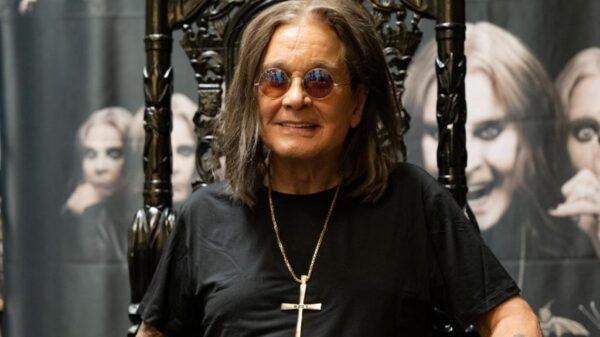China has significantly expanded its satellite capabilities with a series of launches in late September 2025. These missions have targeted multiple objectives, including enhancing broadband connectivity, bolstering weather monitoring, and advancing Internet of Things (IoT) technology.
Successful Launches Boost Satellite Constellations
On September 27, a Long March 6A rocket lifted off at 8:40 a.m. Eastern Time (12:40 UTC) from the Taiyuan Satellite Launch Center in northern China. The China Aerospace Science and Technology Corporation (CASC) confirmed the mission’s success approximately two hours after liftoff. This launch was part of the 11th batch of the Guowang broadband megaconstellation project, designed to ultimately comprise nearly 13,000 satellites in low Earth orbit. The Guowang initiative is viewed as a strategic response to Starlink, both from a commercial and national security perspective.
The near-term objective for Guowang is to have 400 satellites operational by 2027. With this latest launch, the constellation increases to 86 satellites, as Long March 6A missions typically deploy five Guowang satellites per flight. Notably, the pace of launches has intensified, with seven missions completed in just the past two months.
Weather Monitoring Advancements
Less than 24 hours before the Guowang launch, China further enhanced its weather satellite capabilities. A Long March 4C rocket successfully launched at 19:23 p.m. Eastern Time (23:23 UTC) on September 26 from the Jiuquan Satellite Launch Center, located in the Gobi Desert of northwest China. The Fengyun-3H satellite, part of China’s ongoing meteorological program, is a second-generation polar orbit weather satellite.
According to the World Meteorological Organization, Fengyun-3H weighs approximately 2,300 kilograms and is equipped with nine instruments to monitor meteorological conditions, ocean and ice levels, climate changes, atmospheric chemistry, and space weather phenomena.
Expansion of IoT Capabilities
In a separate mission on September 24, a Jielong-3 solid rocket was launched at 3:56 a.m. Eastern Time (07:56 UTC) from the Dongfang Hangtiangang mobile sea launch platform in the Yellow Sea, off the eastern coast of Shandong province. This mission deployed 12 satellites for the Geesatcom constellation, an IoT project developed by Geespace, the space division of the Zhejiang-based automaker Geely.
This launch marked the completion of the first phase of the Geesatcom project, which aims to establish a 64-satellite constellation providing low-bandwidth connectivity across various regions. Geespace has stated ambitions to expand to over 5,000 satellites to offer broadband services and enhance precision navigation, particularly for autonomous driving applications. Recently, Geespace secured an investment of $281 million to support these expansion plans and establish a global headquarters.
The recent series of launches demonstrates China’s commitment to bolstering its space capabilities across multiple sectors, including broadband internet, weather monitoring, and IoT technology.
Ongoing Launch Activity
These missions have contributed to a record-setting year for China in terms of orbital launch attempts. As of late September 2025, China has completed 58 launches, closing in on the previous record of 68 set in 2024. Of these attempts, 56 have been successful, with the only failure occurring in August when a Zhuque-2E rocket operated by the private company Landspace was lost. Despite this setback, Landspace is preparing for a flight test of its larger, reusable Zhuque-3 rocket.
The next launch from China is anticipated to be a Long March 2D rocket taking off from Jiuquan, scheduled for early September 29, 2025, with the payload details yet to be disclosed.
As these initiatives unfold, they underscore China’s strategic ambitions in the space sector, reflecting a broader commitment to technological advancement and global competitiveness.






































































